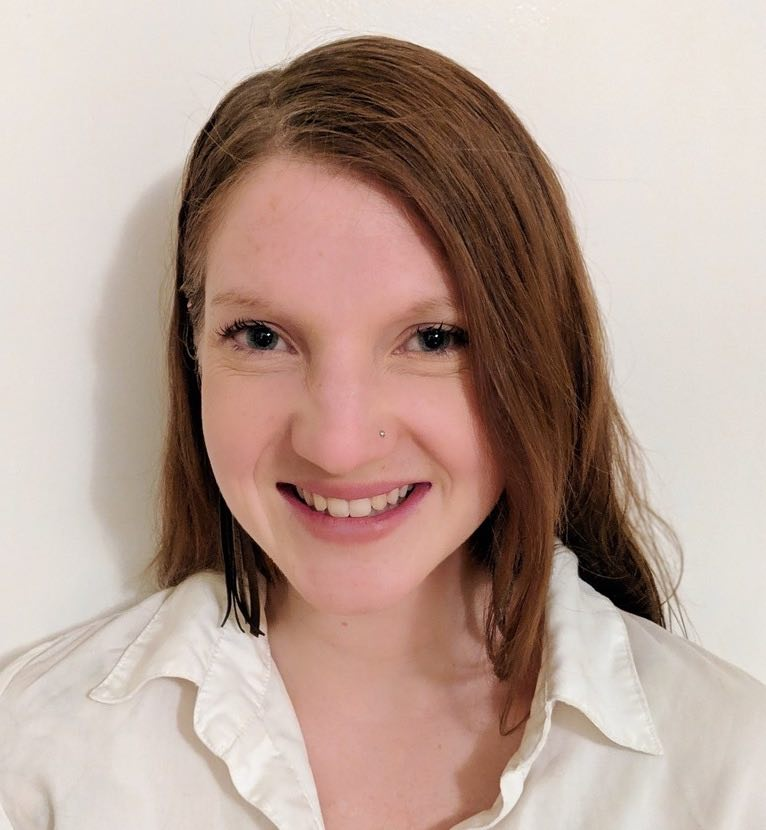
Every now and then I catch a glimpse of the TV program Antique Roadshow and am always amazed at the historic items that appear to be in great shape, returning us to an earlier time and certainly a slower pace.
Then there are antiques that are not in such great shape but need to be restored. Often, these are cherished family items or precious gifts. The process of restoration involves bringing an object back from a broken condition to a nearly new one.
When I think of Restorative Justice, I think of a similar process, of restoring something once broken back to nearly the original condition. Some time back, this hit home in our family, when one of our sons was bullied in school. He was on his way back to school from the nearby mall and was attacked. The bully threw him to the ground and ripped his shirt in the process.
While we could have pressed charges, my wife, Brenda, and I chose Restorative Justice instead. We contacted the school and arranged for elder Art Shofley to lead a Restorative Justice Circle at a local church.
In a Restorative Justice Circle, efforts are made to restore broken relationships. An elder invites the offender and offended to bring their immediate family and supporters into a circle. Behind the circle, others are invited to silently observe. Often this circle will include social workers, professionals, or more friends of either offender or offended.
Behind that circle, those interested in the process can join and are asked to remain silent. Once the circle is underway, both the offender and offended share their personal stories, after which other members share their thoughts. The circle continues asking participants to offer ways to move ahead.
If the offender does not want to participate in the circle or its outcome, the case goes to the courts. In our case, it was deemed necessary that the offender issue an apology and replace the shirt. The offender did not have a way to pay for a shirt, so the school allowed the offender to work with the janitor to make enough to cover the costs. Once all this was decided, the offender signed an agreement to be honoured. The agreement was binding and if not signed, the offender would have returned to court.
Once the circle reached its conclusion, participants outside the immediate family were asked to offer reflection. After hearing from them, everyone joined in a community feast to celebrate a restoration reached.
The process worked and everything was resolved, but true restoration didn’t occur until much later after a reconciliation. Our son and the offender became friends and were part of the championship football game that year.
In 2006, I served as Indigenous Mission Developer for Rupert’s Land and Executive director for Rupert’s Land Wechetowin Inc. Elder Shofley trained me and 11 others to offer Restorative Justice Circles. At the core, these circles are designed to restore an offender to a right relationship with the community. When they are used in Indigenous settings, the outcomes might involve public service or, at the harshest, banishment from the community for a period of time.
We are taught in 2 Corinthians 5:17–18 that reconciliation is key to our ministry, as Paul says, “Therefore, if anyone is in Christ, the new creation has come. The old has gone, the new is here! All this is from God, who reconciled us to himself through Christ and gave us the ministry of reconciliation.”
By reconciling our differences and injustices against each other, we come to a restored and reconciled relationship. As a Church, we are serious about healing and reconciliation from the effects of colonization. This includes the Residential Schools and the ’60s, ’70s, and ’80s scoops that saw Indigenous children removed from their homes and adopted into non-Indigenous families.
This process was promoted by Primate Michael Peers, who delivered the apology to Indigenous Anglicans 25 years ago at a Sacred Circle. Restorative Justice can and does work, especially when grounded in love and action. May we live up to this ministry of reconciliation and be reconciled with each other and our God.
 Murray Still is the pastor of two faith communities: St. James Anglican and St. Stephen and St. Bede. As a member of Peguis First Nation, he has been involved in the healing and reconciliation movement in his church over the last 25 years. He and his wife, Brenda, have two adult sons and live in Winnipeg.
Murray Still is the pastor of two faith communities: St. James Anglican and St. Stephen and St. Bede. As a member of Peguis First Nation, he has been involved in the healing and reconciliation movement in his church over the last 25 years. He and his wife, Brenda, have two adult sons and live in Winnipeg.






